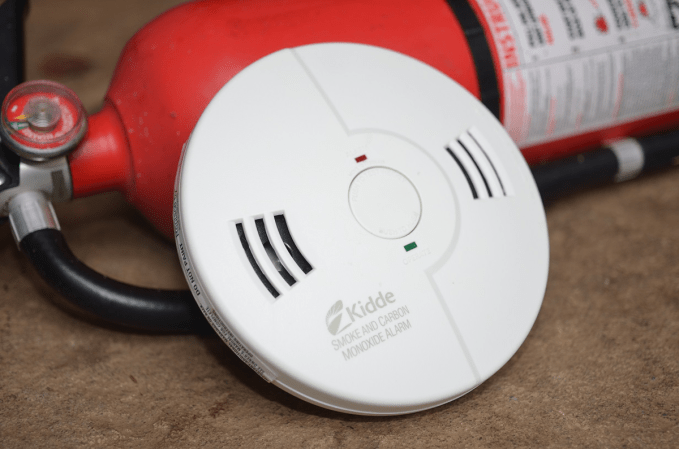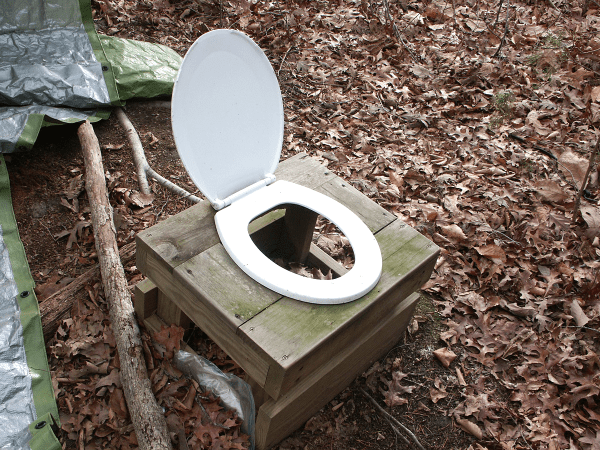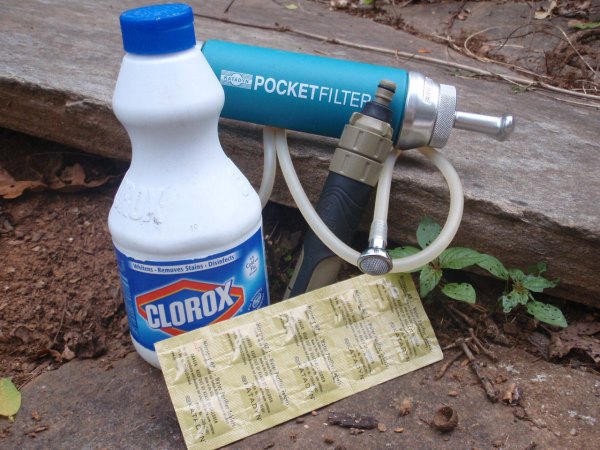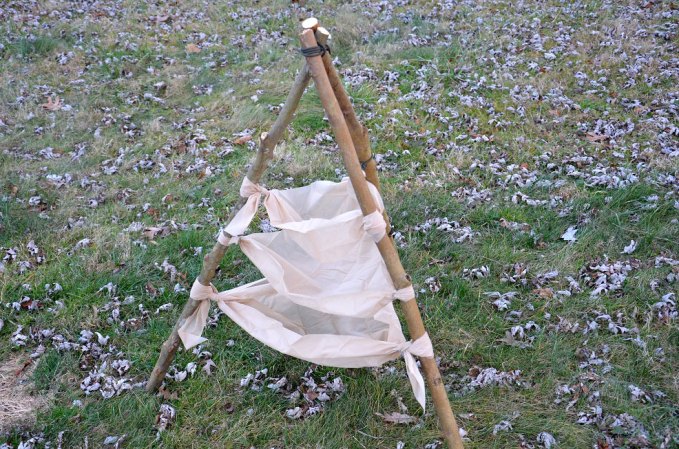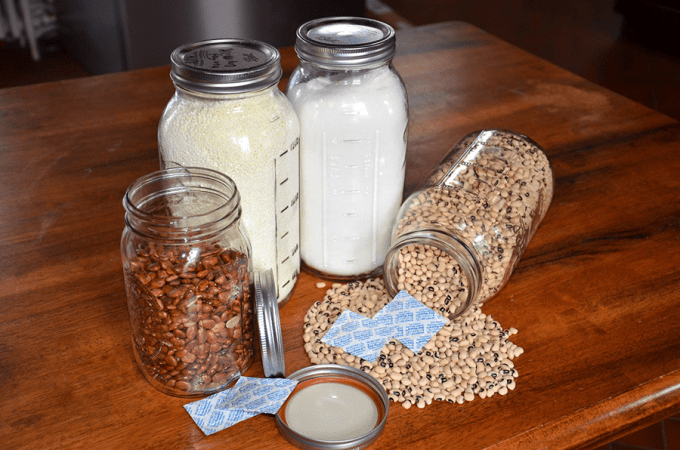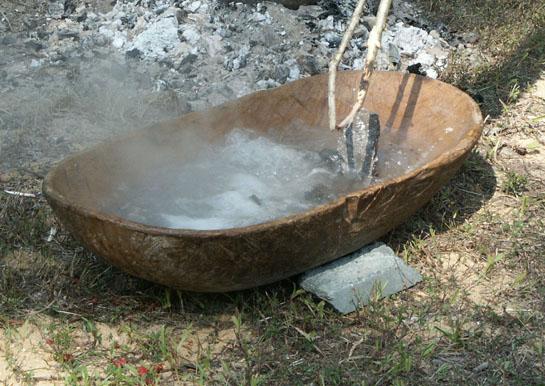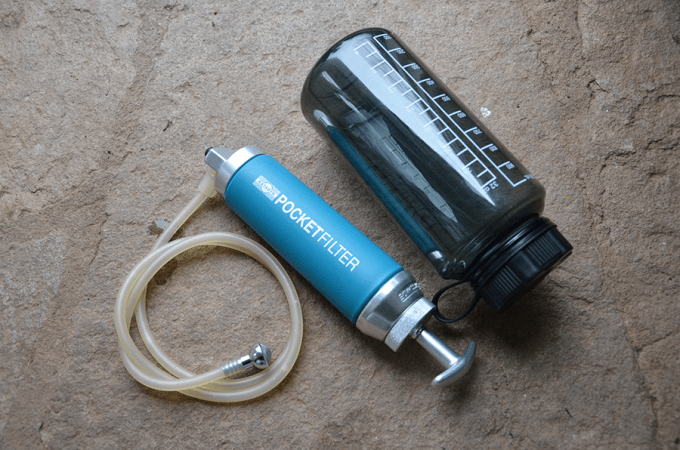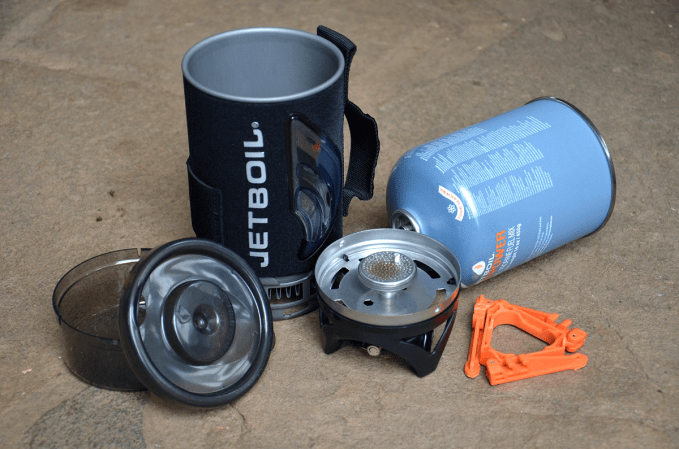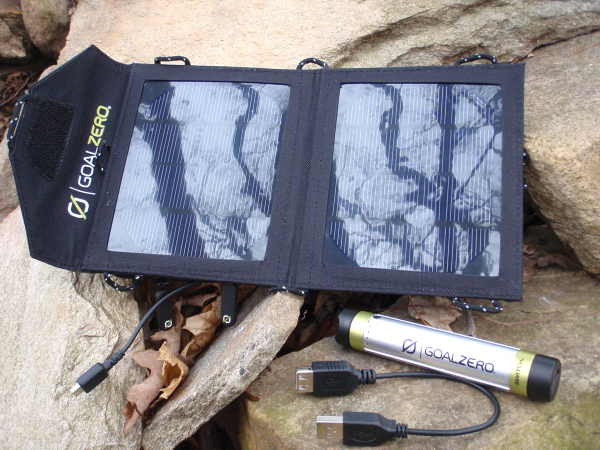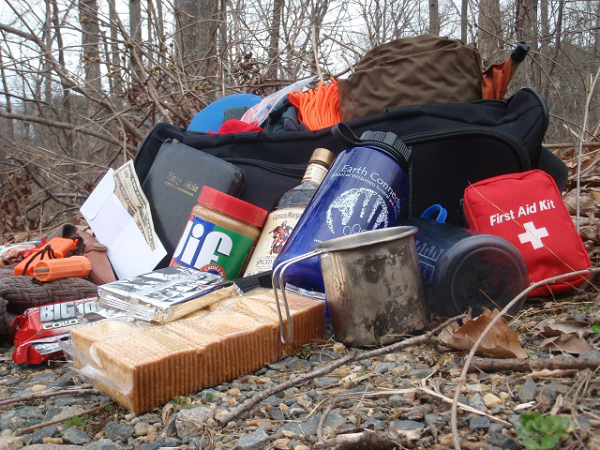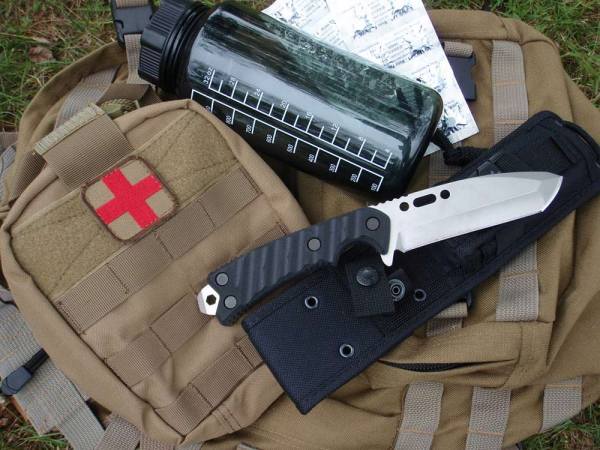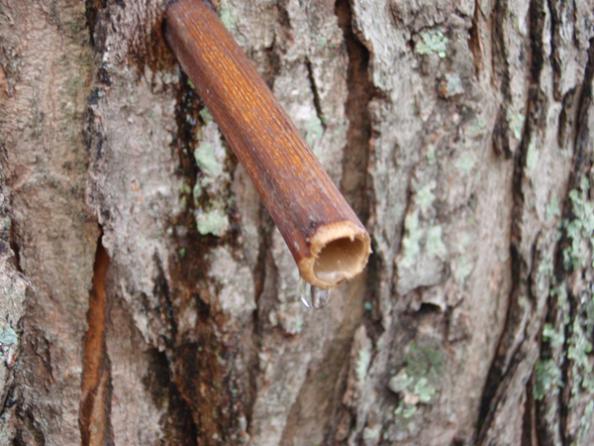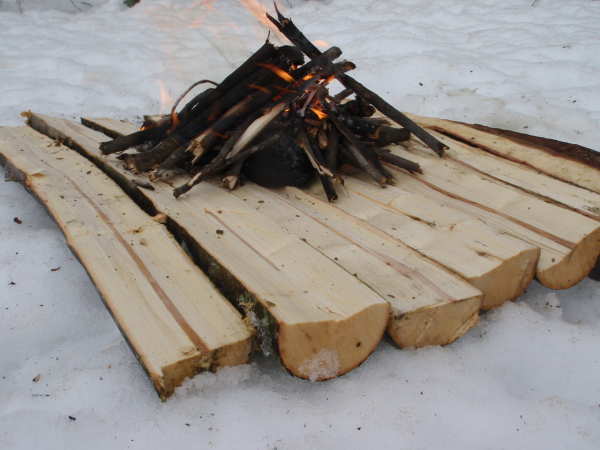Plenty of folks in mountains of the world know how to set up a simple water supply using some pipe, a receptacle, and the free energy of gravity to bring water to their homes and farms. This is far from some new prepper technology; in fact, it’s ancient. Many civilizations surrounding the Mediterranean constructed water management systems millenia ago, and the Romans mastered aqueduct technology to deliver massive quantities of freshwater to their bustling cities some 2,000 years ago. The only thing that has really changed with this type of system is the conduit. Rather than using beautiful masonry work and stone channels, however, we can now use cheap and easy plastic pipe. Here’s how to set one up.
Find Your Source
A spring in mountainous or hilly country is the ideal source for a gravity fed water system, especially if the spring is known to be drought resistant. The best time of year to search for a drought-proof spring is—no surprise—during a summer drought. If the spring is still running in dry conditions, you have a winner. You could also set up collection from a creek or pond that lies above your demand point, but this should be more for agricultural use than household use, due to the greater likelihood of biological contamination.
Create A Receptacle
I’ll never forget the first time I helped my dad set up a system for a friend at his mountain cabin. We used a small concrete septic system box as the receptacle. It was a brand new box, so the only unsavory part of the deal was the name. We buried the box right next to the spring, with the cold clear water streaming into it. A box like this becomes a holding tank, offering you a steady reserve of water, even during high usage times. The box of water also helps to create water pressure. Most modern wells use an electric pump and several other components to move water, create pressure, and maintain pressure. But if you have enough drop in elevation between the source and the demand point, gravity will create your water pressure (aka head pressure). Make sure there’s a sturdy cover over your receptacle, and some kind of screen in front of the water line, to keep little frogs and other critters from clogging up the line. The receptacle also needs an overflow, as you’ll only be using a fraction of the water entering the box.

Pipe It Out
Plastic piping that is safe for water supplies is your best bet for a water line. You’ll need to attach it to your receptacle before letting the water run into the box, and bury the piping below your frost line. This will keep it from freezing in the winter. Once the line has reached your demand point, pipe it out to address your needs. If it’s a potable and isolated spring that you trust 100 percent, you may consider using it for a home water source. If your water source is at all questionable, it should be filtered before consumption. And as for pressure, if your spring box is 44 feet above your faucet, the water pressure at your faucet will be roughly 20 psi (pounds per square inch), which is definitely lower than you’d be used to using—most municipal supplies and independent homes operate on standard pressure of about 35 psi. To get this from gravity alone, the source would have to be 75 feet above your outlet. If your source is higher, it can actually create too much pressure, blowing out seals and gaskets at your point of demand. For that case, you could add another vented concrete box to the system around 75 feet above the demand. This will relieve the excess pressure, and give you water at a workable PSI. Mechanical pressure reducer valves for gravity fed water systems can also do this job.
Got a system like this at your cabin, farm or home? Tell us all about it leaving a comment.

